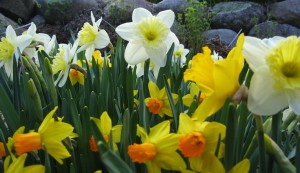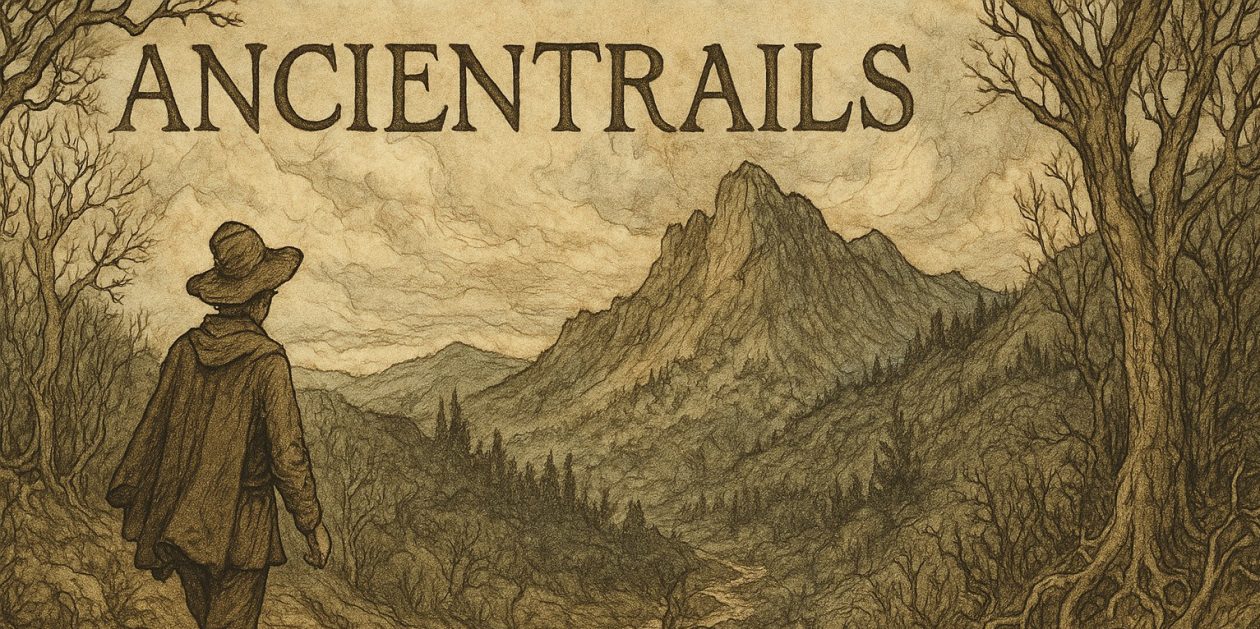Beltane Full Flower Moon
The full flower moon rises tonight on beds full of daffodils, tulips, snowdrops and small blue flowers whose name I don’t recall. The furled hosta leaves that come up in a tightly packed spiral have begun to uncurl. Dicentra have full leaves now, though no flowers yet. A few iris have pushed blossoms up, a purple variety I particularly like opens early. Even though they will not bear flowers until July the true lilies have already grown well past six inches, some with gentle leaves and others with leaves that look like a packed icanthus, an Egyptian temple column rising out of this northern soil.
recall. The furled hosta leaves that come up in a tightly packed spiral have begun to uncurl. Dicentra have full leaves now, though no flowers yet. A few iris have pushed blossoms up, a purple variety I particularly like opens early. Even though they will not bear flowers until July the true lilies have already grown well past six inches, some with gentle leaves and others with leaves that look like a packed icanthus, an Egyptian temple column rising out of this northern soil.
My hydroponically started plants will stay outside today for four hours, working up to seven until they graduate to full time outdoor spots. All of the three hundred plants began as heirloom seeds and have had no chemicals other than nutrient solution. Unless we paid Seed Savers to ship us transplants, there is no other way to get heirloom plants that need growing time before the date of the last frost. Too, the selection of vegetables and their varieties is of our choosing, not the nurseries. I don’t have anything against nurseries; I just like to grow what I want, not what’s available.
The big daylilly move underway will make way for a full sun bed of sprawlers like squash, watermelon and cucumbers. The perennial plants like the lilies, iris, daffodils, hosta, ferns, and hemerocallis have their complexity but I’ve majored in them for the last 14 years. Now I understand their needs, their quirks, the rhythm of their lives and their care. Vegetables, on the other hand, only this last two growing seasons have received any concentrated attention. Their complexities are multiple because there are so many varieties and species with so many varying needs related to soil temperature, ph, nutrients, length and temperature of the growing season.
The learning curve has been steep for me so far, though the experience gained from the perennial plants has kept me from being overwhelmed. In another couple of years I should have a good feel for what does well here and what does not. After that, the vegetable garden will become more productive while at the same becoming easier to manage.
By that time, too, I hope to have had two successful bee-keeping years under my belt and have grown my colony to three hives or more, enough to justify purchasing an extractor. At that point this should be an integrated and functioning micro-farm. If it works well, I hope it will serve as a model for what can be done on 2.5 acres. We’ll see.

 recall. The furled hosta leaves that come up in a tightly packed spiral have begun to uncurl. Dicentra have full leaves now, though no flowers yet. A few iris have pushed blossoms up, a purple variety I particularly like opens early. Even though they will not bear flowers until July the true lilies have already grown well past six inches, some with gentle leaves and others with leaves that look like a packed icanthus, an Egyptian temple column rising out of this northern soil.
recall. The furled hosta leaves that come up in a tightly packed spiral have begun to uncurl. Dicentra have full leaves now, though no flowers yet. A few iris have pushed blossoms up, a purple variety I particularly like opens early. Even though they will not bear flowers until July the true lilies have already grown well past six inches, some with gentle leaves and others with leaves that look like a packed icanthus, an Egyptian temple column rising out of this northern soil.